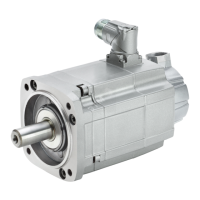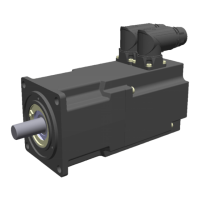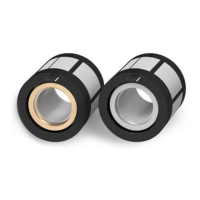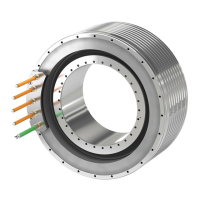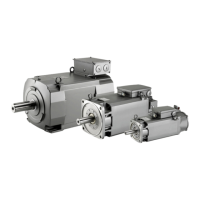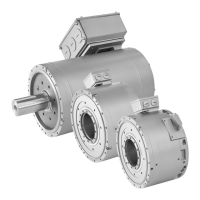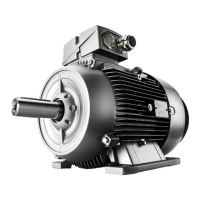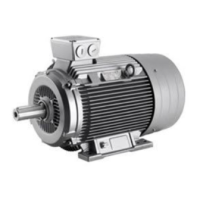5.4 Brake resistances (armature short-circuit braking)
5.4.1 Description of function braking resistor
The motor cannot be electrically braked if, for converters
• The permissible DC link voltage values are exceeded
• The electronics fails
Then, the motor that is coasting down can only be braked using an armature short circuit.
You can switch the armature short-circuit braking internally via the Motor Module or externally
using a contactor circuit with braking resistors.
Armature short-circuit braking must be initiated at the latest by the limit switch in the traversing
range of the feed axis.
NOTICE
Damage to the drive at the end of the traversing range
To avoid mechanical damage, mount mechanical stops at the end of the absolute traversing
range.
NOTICE
Destruction of the converter as the armature short-circuit contactor incorrectly switches
Incorrect switching of the armature short-circuiting contactor can erode the contactor contacts
and destroy the converter.
• Program the converter so that pulses are rst canceled and this is actually implemented
before an armature short-circuit contactor is closed or opened.
In servomotors with an integrated holding brake, you can produce additional braking torque
with the holding brake.
Note
The holding brake is not a working brake for braking the rotating motor. A limited number of
EMERGENCY STOP operations is permissible.
More information is provided in Chapter "Holding brake (Page 60)".
Note
Braking under normal operating conditions must always be performed via the setpoint input.
For more information, see the conguration manual of the converter.
Conguration
5.4 Brake resistances (armature short-circuit braking)
1FK2 Synchronous Motors for SINAMICS S120
74 Conguration Manual, 02/2022, A5E46927724B AD

